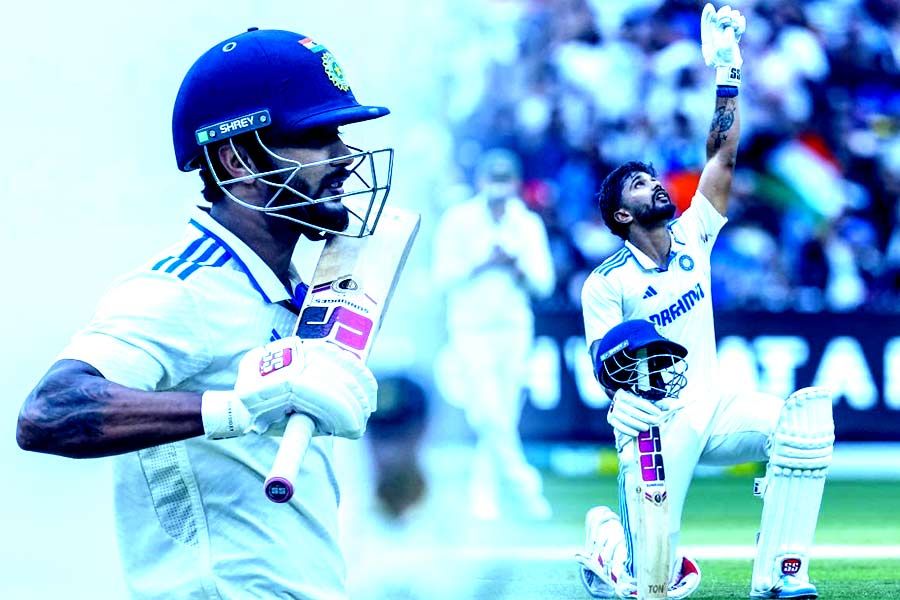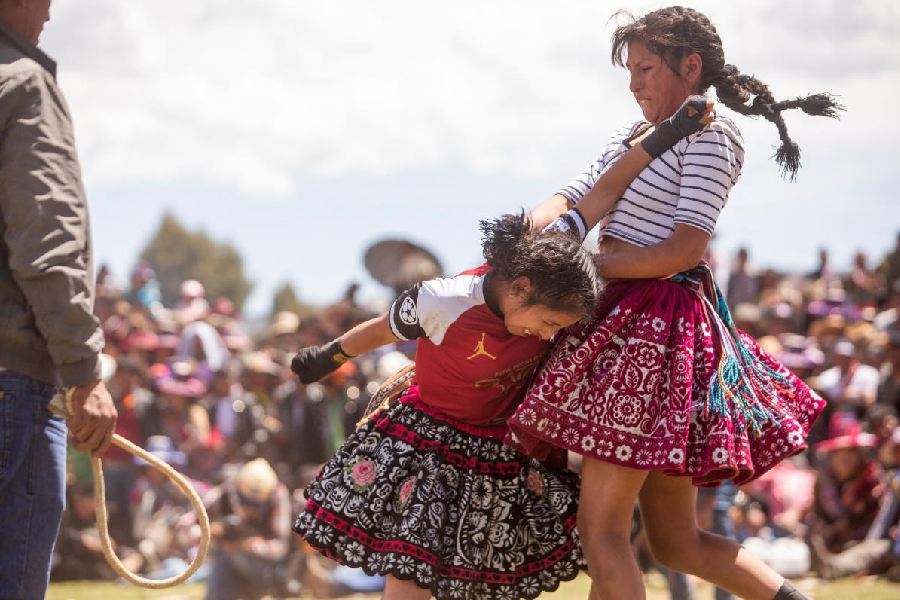It is commendable that the dance-theatre group, Sohini, decided to stage Rabindranath Tagore’s “Basanta” (1923) in the rarely-used amphitheatre space of the Eastern Zonal Cultural Centre, invoking a mood of joie de vivre. But a delayed start because of the late arrival of some guests followed by a litany of speeches threatened to mar the evening completely.
Choruses can sometimes be uneven and not match up to the competing demands of modern singing. However, this was not the case that evening as songs such as “Sahasa dal pala tor” or “Dakhin hawa jago jago” sailed evenly through the racy beats, with the singers perfectly in tandem with one another under the able guidance of Satyakam Sen. The dexterous fingers of the percussionist, Anjan Bandopadhyay, went smoothly over the well-trodden patterns, adding a verve to the chorus.
Young Shatabhisha Ghosh used the pauses in the notations of “Shey ki bhabe” to explore ways of embellishing it to add novelty tothe song. She has a powerful voice, which, when juxtaposed with precision, added bursts of warmth to her rendition. The emotional terrain of Neelanjana Ghosh’s voice caught the right grooves of “Jodi tare nai chini go”, making them malleable. She, too, created a warm aura by making good use of her skills.
Egged on by the histrionics of the King (Sourav Ghosh) and the Bard (Tathagata Chakraborty, who gave an inspired performance), a motley group of dancers found their own moments to paint a colourful narrative.











